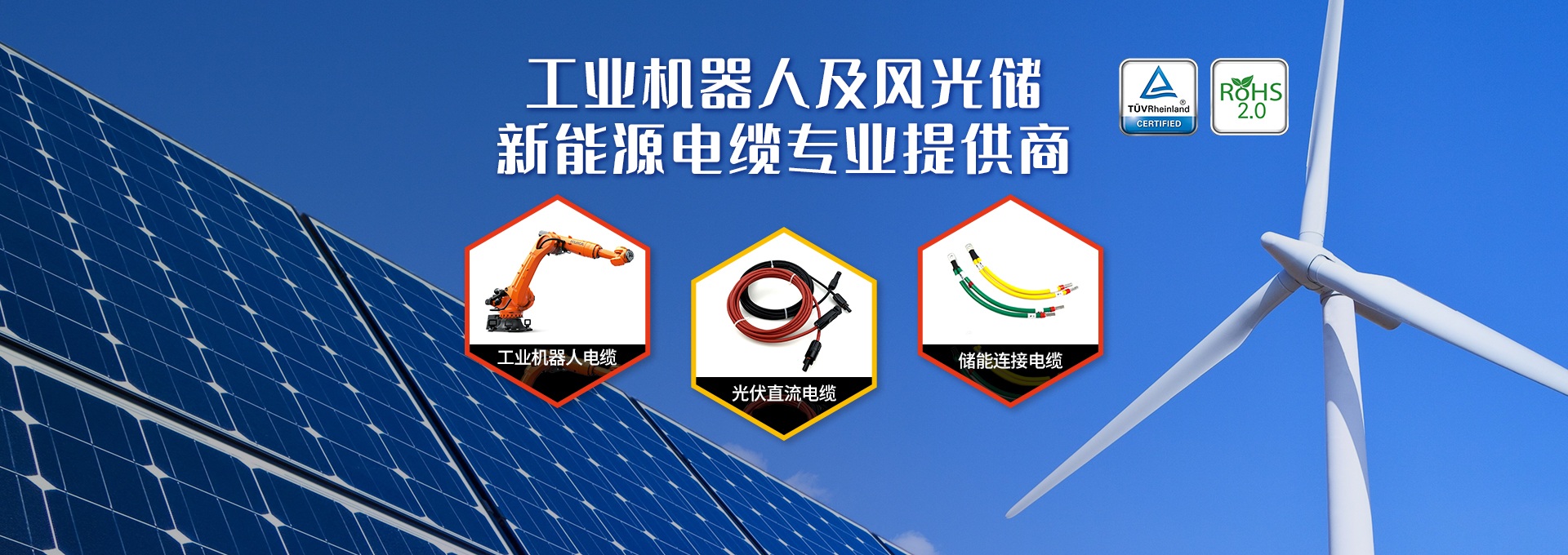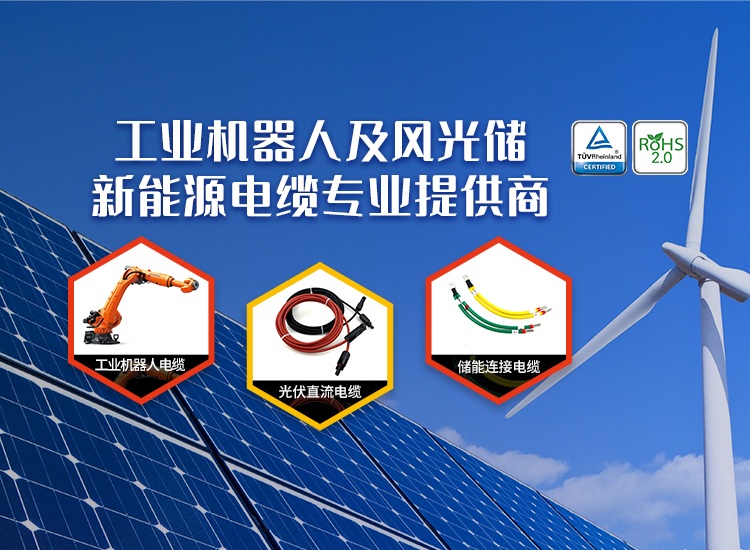Industry Information
The whole country is "disconnected"! How fragile the world's submarine cables are
According to foreign media reports, affected by the eruption of the submarine volcano, the submarine cable of Tonga in the South Pacific island country has been confirmed to be cut off, and the national telephone and network lines have been interrupted, and about 105,000 residents on the island have been unable to communicate with the outside world. Dean Vivelka, network director of New Zealand's Southern Cross Cable Network, said repairing the cable "could take two weeks".
Today, submarine cables are the cornerstone of globalization and global communications. Millions of kilometers of submarine cables encircle the globe, providing internet and communication connections between continents. For countries all over the world, especially coastal countries or island countries such as Australia, Tonga, and Fiji, submarine cables are important infrastructures that are vital to the daily operation of society.
Disruption or disruption of this critical infrastructure could have catastrophic local, regional and even global consequences. This is exactly what happened in Tonga after disasters such as volcanoes and tsunamis. But this isn't the first time a natural disaster has cut vital submarine cables, and it won't be the last. Australian media published an article saying that the Tonga eruption actually revealed the vulnerability of the global telecommunications system.
What happened to the Tonga submarine cable?
Tonga has only been connected to the global undersea telecommunications network in the past decade. The island nation relies heavily on the undersea cable communication system because it is more stable than other technologies such as satellite and fixed infrastructure.
The current situation in Tonga remains fluid, with certain details yet to be confirmed. Currently, the Tongan island is covered in volcanic ash, and the submarine network cables and telephone signals are disrupted, as is the Internet signal, which has severely affected its online services.
Reporters say Tonga is particularly vulnerable to such disruptions. Because there is only one cable connection between Tonga's capital Nuku'alofa and Fiji, this submarine cable is 872 kilometers long, and it is the key to connecting Tonga to other countries and regions in the world.
According to the latest news from the Australian Broadcasting Corporation on the 18th, Tonga cable director Samiela Funua said that the cable was cut in two places, but maintenance personnel would not be allowed to access the cable until the volcanic activity ceased.
Tonga cable supervisor Samiela Funua said crews were unable to assess the condition of the cable while there was still volcanic activity. Image source: Screenshot of the Australian Broadcasting Corporation
Dr Amanda Watson, a research fellow at the Australian National University's Department of Pacific Affairs, said the cable linking Tonga and Fiji had been damaged before. In 2019, the cable broke in at least two places, and repairs took about two weeks.
Dr Watson said: "Tonga is not the only Pacific island that relies on a single cable to connect to the outside world and hopefully in the future we will see more cable arrangements in place to avoid a complete outage like the current one."
Submarine cables risk not only in Tonga
There are currently about 428 submarine cables in the world, with a total length of 683,508 miles (about 1.1 million kilometers), providing Internet and communication connections for countries and regions around the world.
Such networks can be overloaded in the event of a major failure, especially if hit by a natural disaster.
Cables are laid over the shortest distance between two points on the earth's surface because of the lower cost. They also have to be laid along specific geographic locations for easy placement, which is why many cables are clustered in "chokepoints" such as the Hawaiian Islands, the Suez Canal, Guam and the Sunda Strait in Indonesia. Trouble is, these areas are also often the sites of major natural disasters.
Roadmap for undersea internet cables in the Pacific as of May 2021. Image source: Screenshot of the Australian Broadcasting Corporation
Once damaged, people can take days to weeks, or even longer, to repair the cable, depending on how deep and accessible the cable is. In times of crisis, such blackouts make it harder for governments, emergency services and charities to get involved in recovery efforts.
Many of these submarine cables are near or directly past active volcanoes, which are areas affected by tropical cyclones and/or active seismic zones.
Not only Tonga, but also the submarine cables in Australia, New Zealand and other countries and regions are also very vulnerable. Australia, for example, is only connected to the global communications network from Sydney and Perth through a very small number of connection points. There have been previous large underwater landslides off the coast of Sydney. In the future, similar events are also likely to disrupt key "arteries" of the local network.
Dr Anthony Birkin, senior fellow at the Australian Strategic Policy Institute, said more work was needed to ensure cables were more resilient in the future.
How to manage future risks?
Reporters said the events in Tonga had once again highlighted how fragile the global network of submarine cables is and how quickly we can "drop the line".
Given the fragility of submarine cable communication networks, the first step in risk reduction is to conduct research to quantify and assess the actual risks of submarine cables to specific locations on the ocean floor and to different types of natural disasters. For example, tropical cyclones (hurricanes/typhoons) occur frequently, but other disasters such as earthquakes and volcanic eruptions occur less frequently.
The second is to achieve global data sharing. Currently, there is little public data on the risks to the global submarine cable network. Once you understand which cables are vulnerable, and which types of hazards are vulnerable, countries can develop plans to reduce risk.
At the same time, governments and telecommunications companies should find ways to diversify their communication methods, such as by using more satellite-based systems and other technologies, thereby reducing their reliance on undersea cable communication systems.




_1645064102190.jpg)
_1645064320966.png)
_1645064323938.png)
 苏公网安备32028202231140
苏公网安备32028202231140